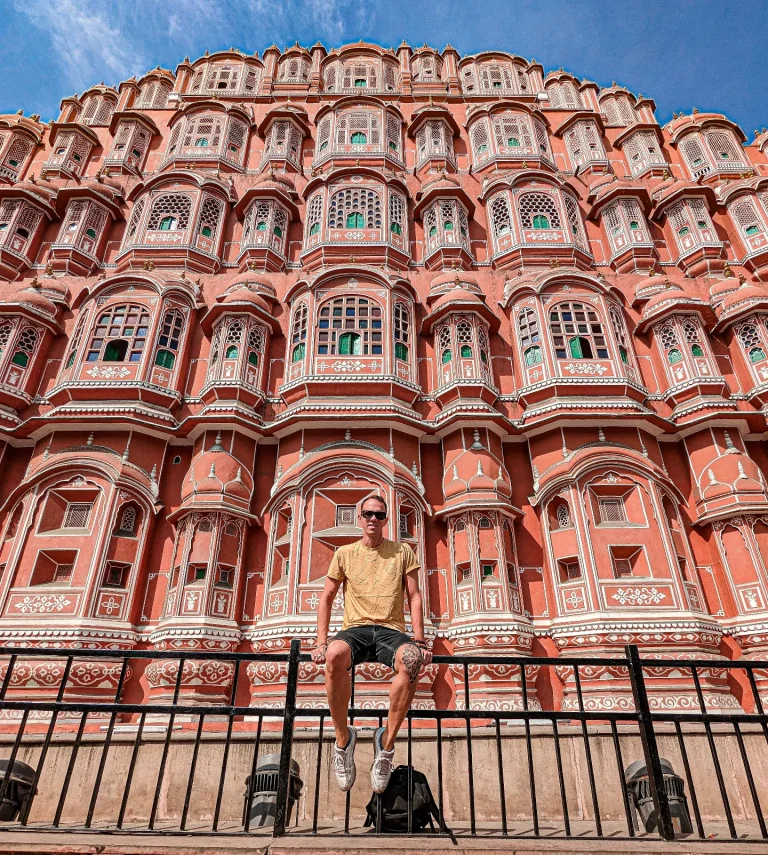One-month itinerary through Central Asia, Kazakhstan, Kyrgyzstan, Tajikistan and Uzbekistan
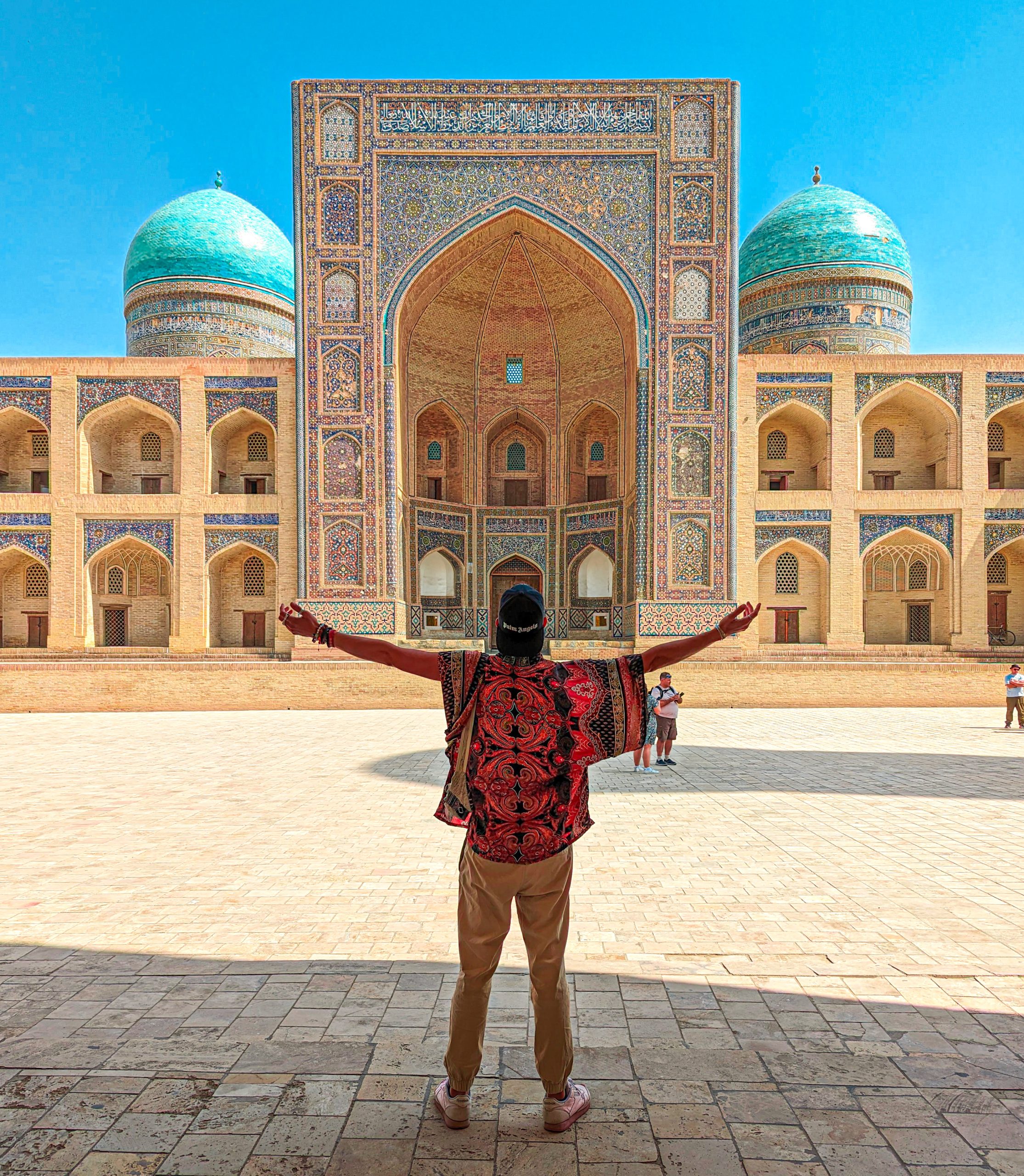
Many couldn’t find them on a map. That’s why these four Central Asian countries are a gem in the rough. Hidden from most tourists, a trip and route for the most adventurous in countries with natural wonders and exuberant architectural jewels.
The cities each have their own style, remnants of the Soviet style mixed with the modernity that characterizes gas and oil money.
Welcome to Central Asia:
- Best time of the year to visit Central Asia
- Best tips for Central Asia
- One month itinerary through Central Asia
- Day 1: Almaty (KAZ)
- Days 2 to 4: Bishkek (KIR)
- Days 5 and 6: Osh (KIR)
- Day 7: Khujand (TAD)
- Days 8 and 9: Dushanbe (TAD)
- Days 10 to 16: Pamir Highway (TAD)
- Days 17 to 19: Samarkand (UZB)
- Days 20 and 21: Bukhara (UZB)
- Days 22 to 24: Khiva (UZB)
- Days 25 to 27: Nukus y Lago Aral (UZB)
- Days 28 to 31: Tashkent (UZB)
- Daily backpacking budget for Central Asia
- Where to stay in Central Asia
- What to do if you have more time in Central Asia
Tipo de cambio oficial por pais:
- Official exchange rate 1EUR = 487 KZT Kazakh Tengue
- Official exchange rate 1EUR = 95 KGS Kyrgyz Som
- Official exchange rate 1EUR = 11.5 TJS Tajiki Som
- Official exchange rate 1EUR = 13,500 UZS Uzbek Som
Best time of the year to visit Central Asia
It is difficult to give a recommendation in a geographical area as extensive as Central Asia. Kazakhstan alone occupies half the area of Europe. I visited the region between mid-March and mid-April and this is the weather I had:
- Kazakhstan (South, in Almaty): Quite cold temperatures, around zero degrees. They have very cold winters around -20º and very hot winters.
- Kyrgyzstan: I was not in the mountain region but I visited the two main cities, Osh and Bishkek and in both the temperatures were quite pleasant 15º, gray skies but very pleasant weather. Winters are similar to Almaty.
- Tajikistan: In the western region temperatures were also 15-20º, while in the Pamirs we were between +10º and -35º depending on the altitude.
- Uzbekistan: Much more desert climate, cool nights but during the day you could wear summer clothes.
Best tips for Central Asia
- Mastercard in Tajikistan: It does not work in any entity… I was trying 20 ATMs until one worked for me but take an extra card just in case.
- Clothing for all climates: From -35ºC in Bulunkul to 50ºC in Samarkand. The weather is unpredictable in this diverse region of the world.
- Yandex Go: Uber does not exist, you will have to find a way to download its Russian version, Yandex Go to go anywhere and be understood.
- Pamir: The Pamir route is unpredictable, there may be road closures, earthquakes, avalanches, all kinds of uncertainty on the road, so avoid the winter season where temperatures are extremely cold.
- Borders: All countries have them open between them except for Kyrgyzstan and Tajikistan due to the war over the enclaves in Tajikistan. One of the few passes between them Kyzyl-Art Pass is closed and you will have to cross via Uzbekistan.
- A few words of Russian: Knowing four things in Russian won’t hurt you, no one speaks English and communicating with people is very difficult, quite an experience!
- Cash: Always carry some cash, in many remote areas there are no ATMs or your banks may have some regions blocked and you find yourself without cash.
One month itinerary through Central Asia
On this 30-day route through Central Asia you will have time to cover Uzbekistan and Tajikistan in quite some depth and get some first impressions about Kazakhstan and Kyrgyzstan.
Day 1: Almaty (KAZ)
Almaty is the main city in the south of Kazakhstan, a country as big as half of Europe. It is a perfect city to dedicate a day to. It is a mix between a Soviet style and modernity among mountain ranges.
You can take a bus from the airport to the city center and in 20 minutes you will be in the center, among its main charms are the Almaty Central Mosque and the Green Market as well as the Ascension Cathedral.
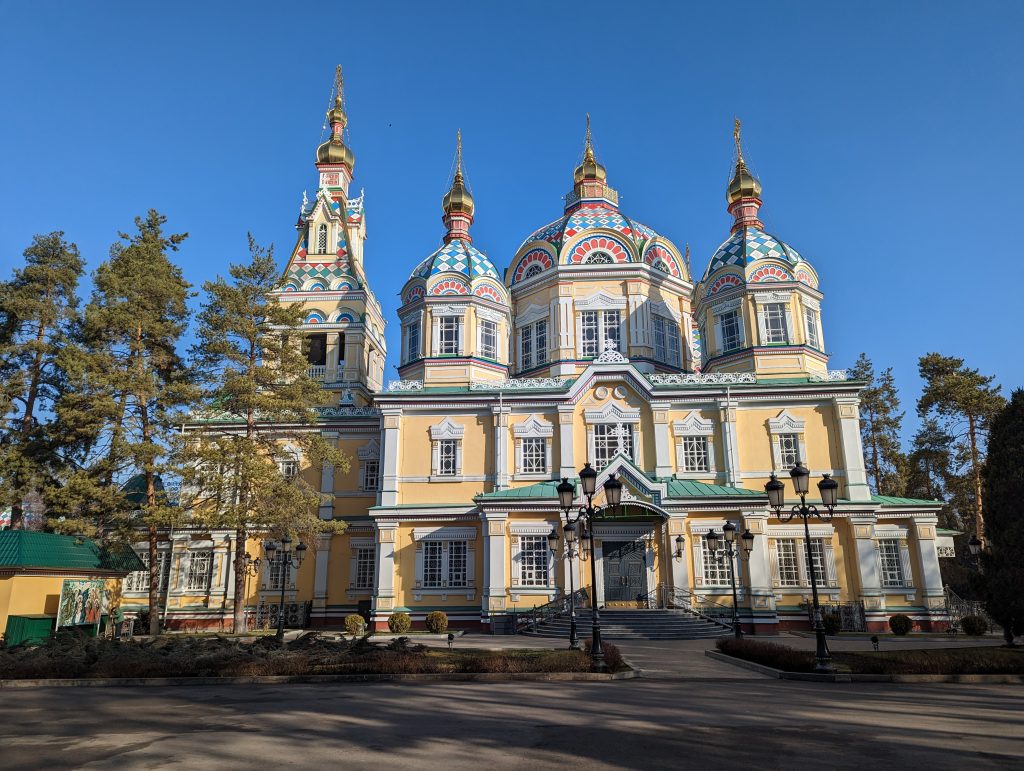
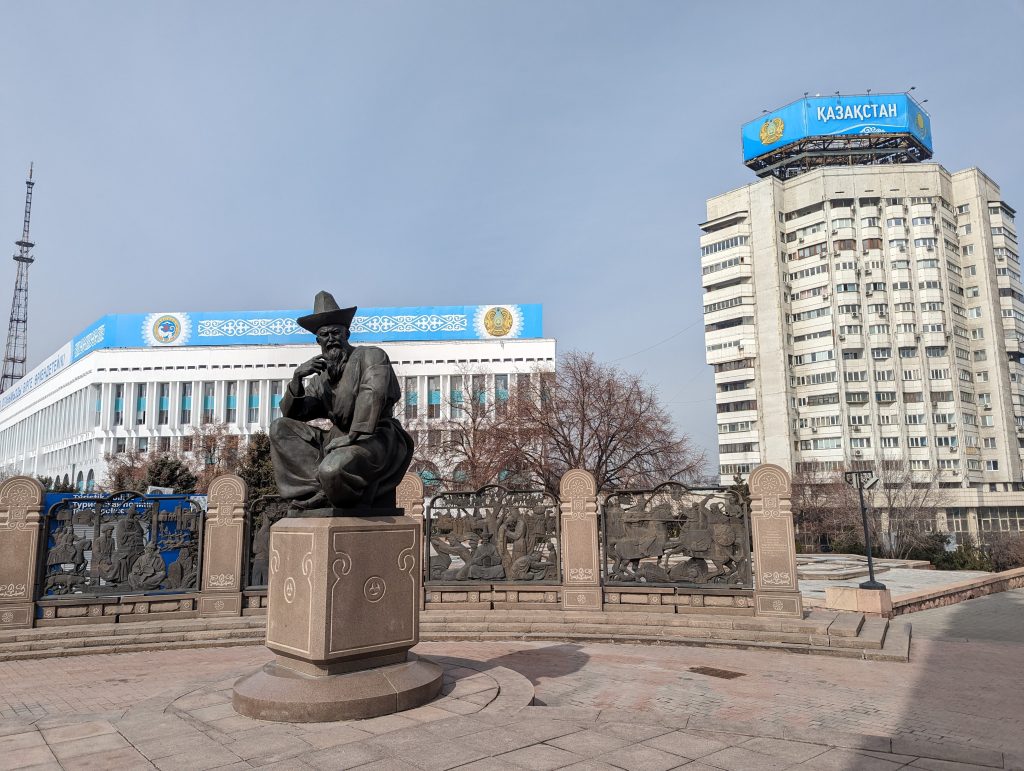
If you have time, definitely go to the top of the city with the Kok Tobe funicular for 5,000 tenge (€10 y/v) to appreciate the city and the mountains from the air.
Days 2 to 4: Bishkek (KIR)
From Almaty you can take a train that takes about 3 hours to Bishkek, the capital of Kyrgyzstan, or take a flight of about 50 minutes.
Personally, if you give me the choice between Almaty and Bishkek, I would choose Bishkek without a doubt. It has a special feeling. Bishkek is wide avenues and big gray buildings, equestrian statues, statues of Lenin and large government buildings. You can perfectly take a couple of days to explore everything.
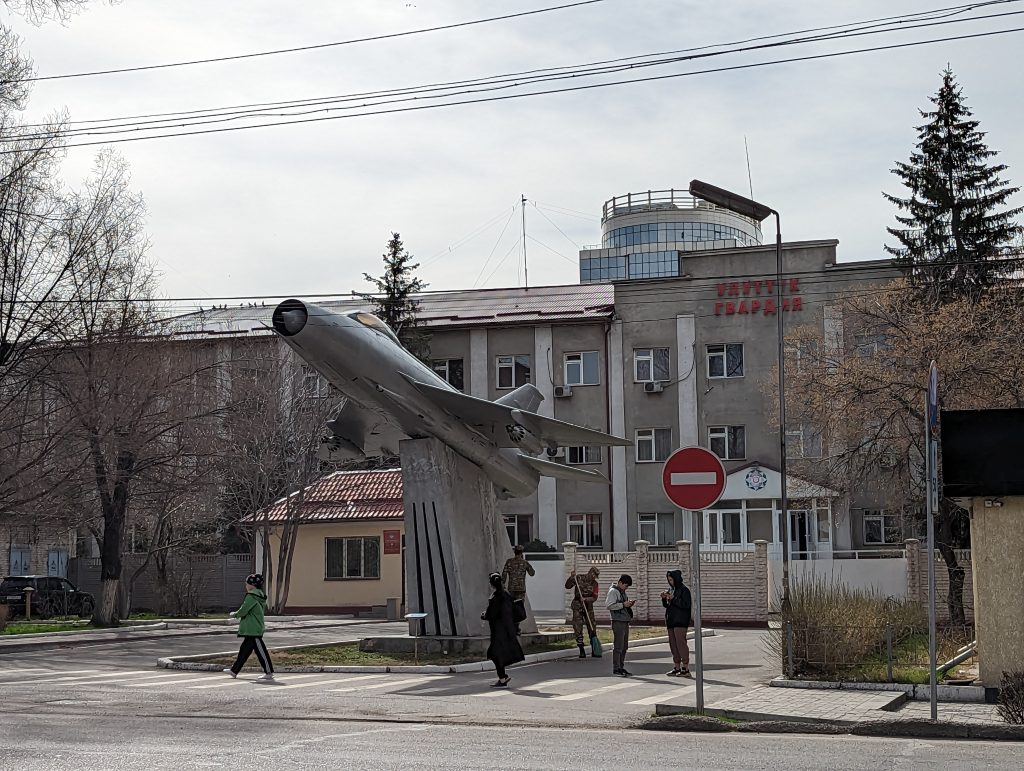

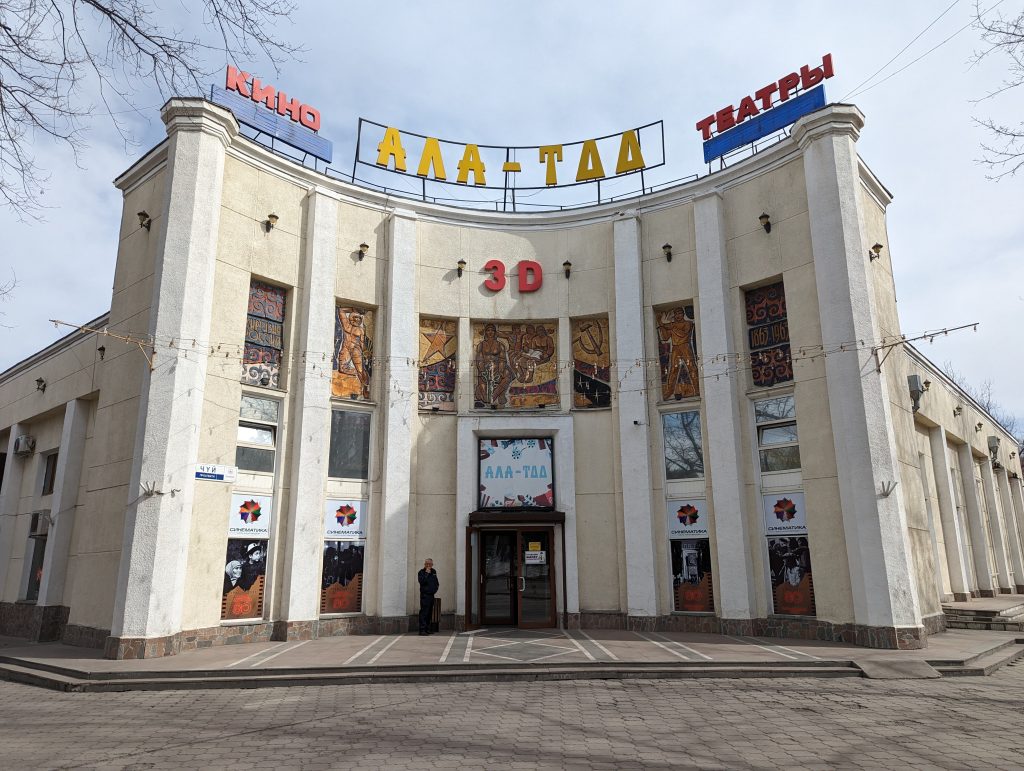
We stayed near Osh Bazaar in the west of the city and near Victory Square on a couchsurfing trip. The most interesting place in the city is Ala-Too Square where most of the places of interest in Bishkek are located. A super top and excellent price restaurant where we went is the Bukhara Café.
Not far from Bishkek is the Ala Archa National Park which you can access in Marshrutka from near Osh Bazaar.
Days 5 and 6: Osh (KIR)
Our next stop was Osh because we had to hurry to get to Khujand in time to be met by our driver for the Pamirs. If you go by car from Bishkek to Osh it will easily take you about 20-24 hours, by flight it is less than €50 and you are in 50 minutes. The price does not differ much for going by car.
Osh is the second largest city in the country by size, although when you are there it gives you more of a small-town feeling. The two days we were there were dedicated to visiting its exciting Jayma Bazaar, wandering through the streets in search of remnants of the former USSR and going up to the Sulaiman Too viewpoint.
Day 7: Khujand (TAD)
We entered Tajikistan via Uzbekistan since the Tajiki-Kyrgyz border was closed, the famous Kyzyl-Art Pass. If you do this route you will enter Uzbekistan through Osh and there you will take a taxi for about 25 USD to Tamozhennyy Andarxon to cross into Tajikistan. From there it is about 60 minutes to Khujand center.
Khujand has much more interest than Dushanbe to our surprise, the local Panjshanbe Bozor market and the Afghan Bazaar are super interesting as well as the Jami Mosque.
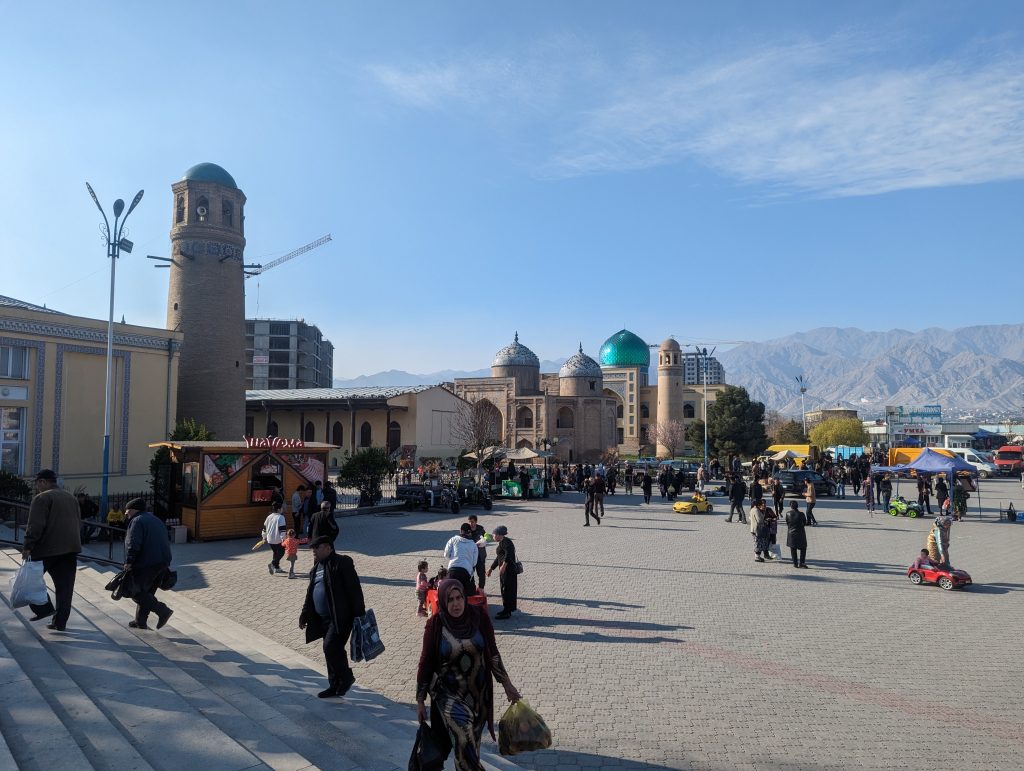

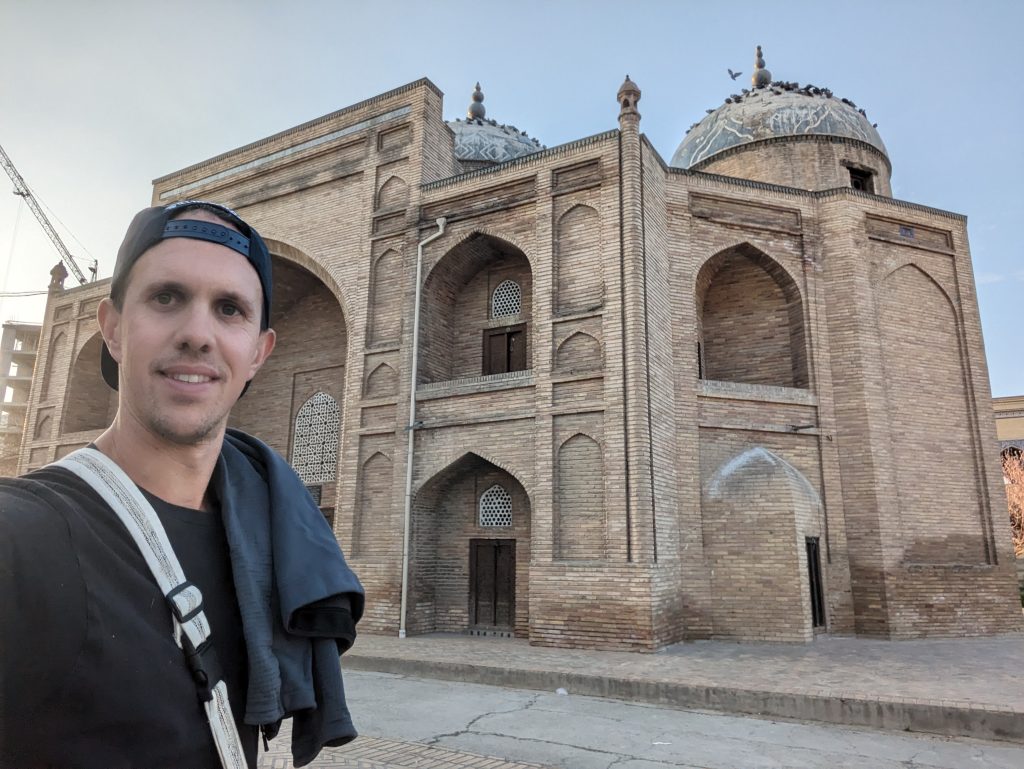
Our guide and driver for the Pamirs was waiting for us in Khujand, here the adventure into the interior of the country began.
Days 8 and 9: Dushanbe (TAD)
Technically we were not in Dushanbe two days in a row but since we did a loop in the Pamirs and had to return to Dushanbe I have included it as two nights. In Dushanbe you don’t need to stay more than a day to visit it. It has no greater attraction than its monument to Ismail Samani and little else.
On the way to Dushanbe we stopped at Iskander-Kul located between the Fann Mountains, it takes its name from Alexander the Great, since Iskander is the Central Asian pronunciation of the name, Kul means lake. Ideal for doing a little trekking to see the lake and its waterfalls. It will be more or less accessible depending on the time of year.
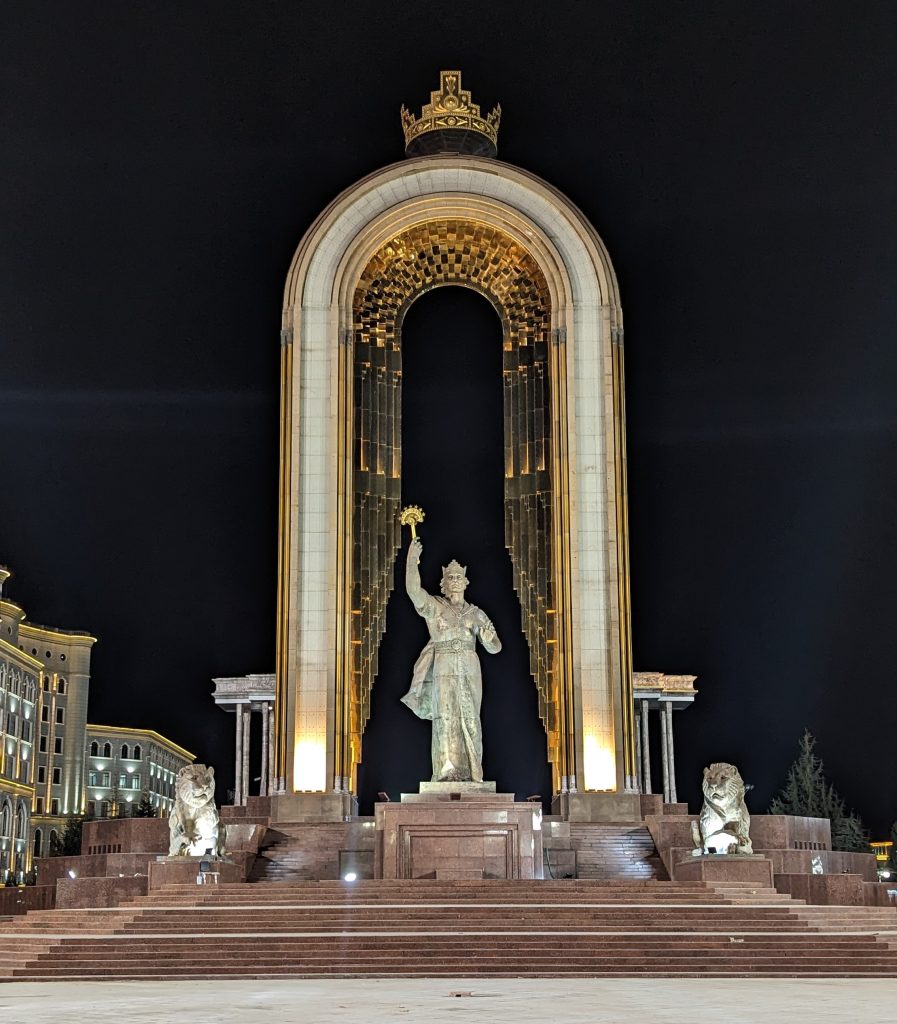
To eat in Dushanbe, Bomi Jahon is a local restaurant near our hotel where everything was written in Russian, no one spoke English and we ended up ordering blindly and drinking vodka and dancing with some Tajikis.
Days 10 to 16: Pamir Highway (TAD)
The Pamir Highway is something totally unpredictable, even more so if you go out of season, in our case we went at the end of March and it was just the time of thaw. There was still a lot of snow in some areas, mountain passes blocked and even an avalanche and an earthquake, so I expected the unexpected.
Due to the cut section of Kyzyl-Art pass we had to make a loop starting and ending in Dushanbe. The first stop was Kulob where we went to collect our permits that the guide had arranged, from there we went to Kalaikhum to spend the first night. What impressed me the most is that just 30 km before reaching Kalaikhum you begin to border the Pyandhz River and on the other side, just 50 meters from you, is Afghanistan.
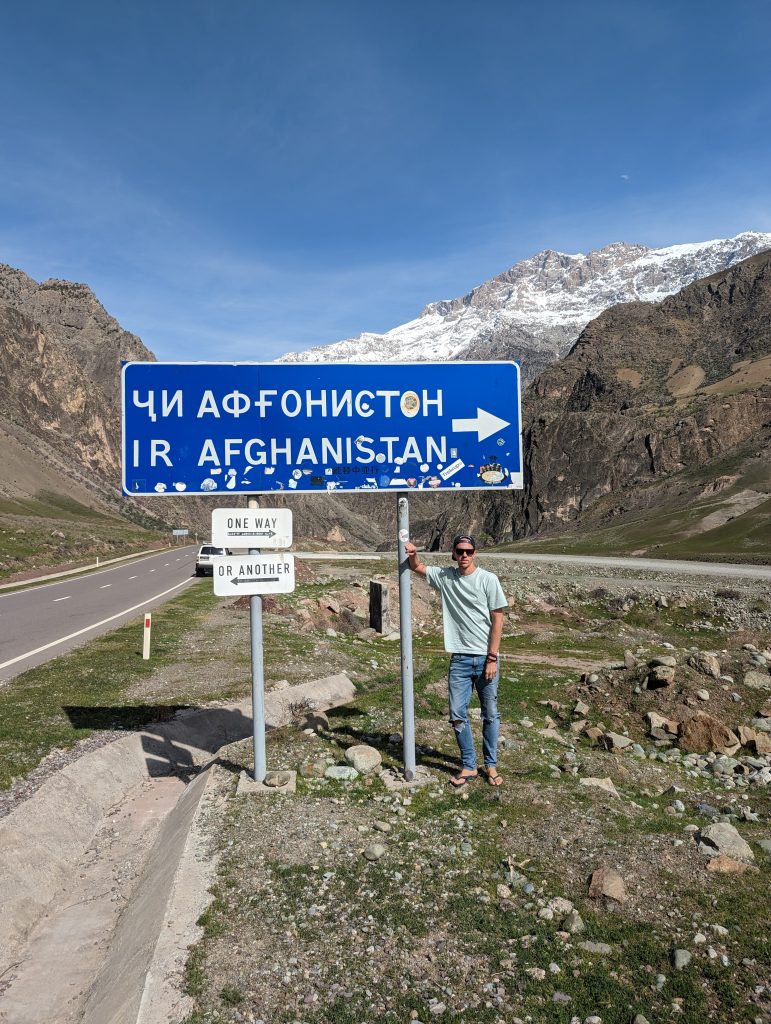
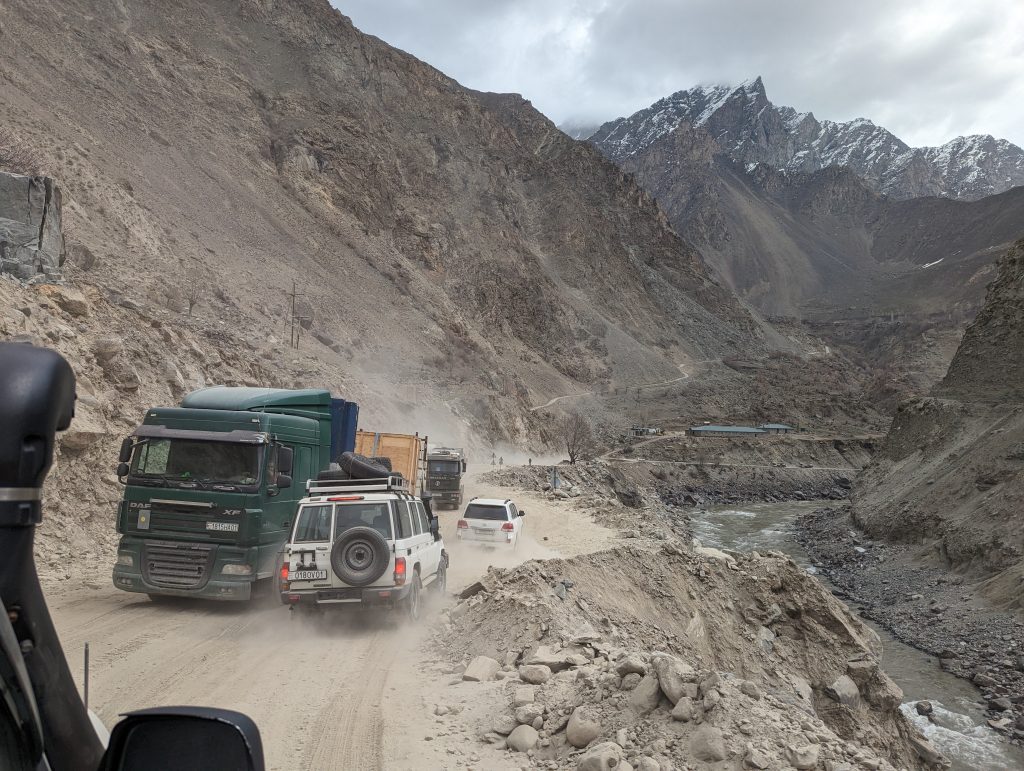
The next day we continued driving to Khorog to make an intermediate stop and continue to Bulun-Kul, the third coldest place on the planet, when we were there we reached -35ºC, what I found most funny were the hairy cows grazing with total tranquility by snow and frozen lakes.
As the Wakhan Pass was still blocked by snow, we had to return to Khorog to go to Ishkashim and visit the ancient fortresses and towns in the region. Among them Khakha, Yamchun, the Bibi Fatima hot springs and the Yamg museum.

On our return, coinciding with Nawruz (Persian New Year), we spent the night and spent the day in Roshan where parades, dances, volleyball matches and Taekwondo matches were held.
The Pamir is a very demanding trip, you spend a lot of time in the car on roads that are in very poor condition and somewhat dangerous, but it is a very safe region with wonderful people. Doing it on your own is totally viable (in summer) but it requires a lot of time since transportation is scarce and almost non-existent. If you have questions get in touch!
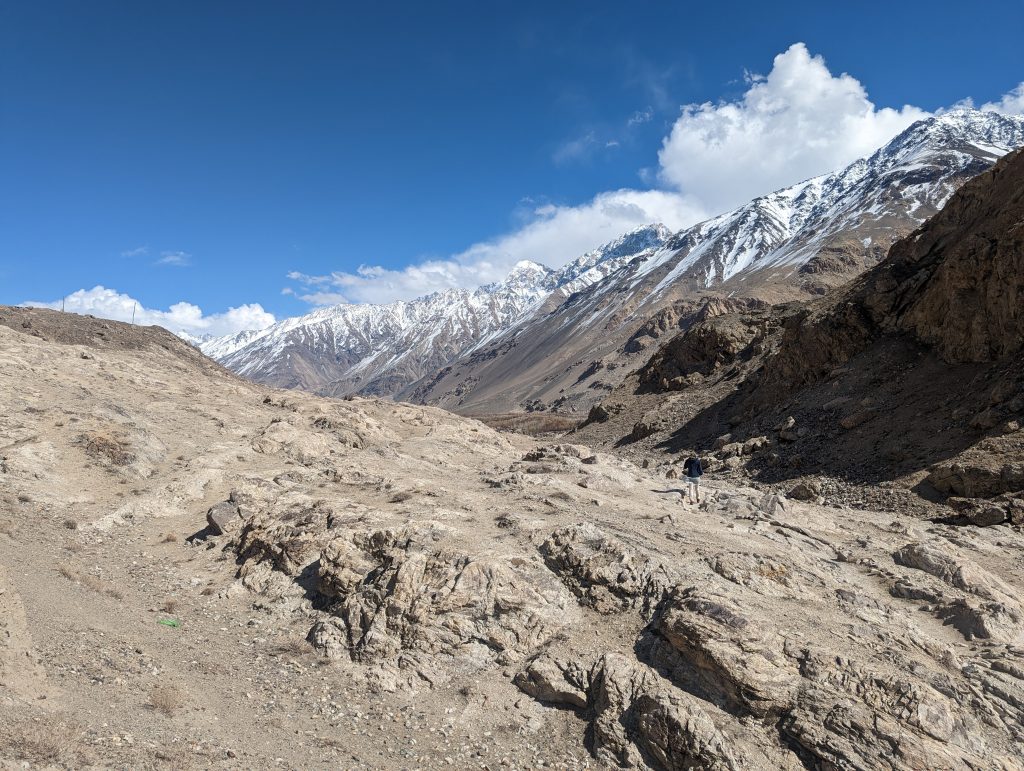

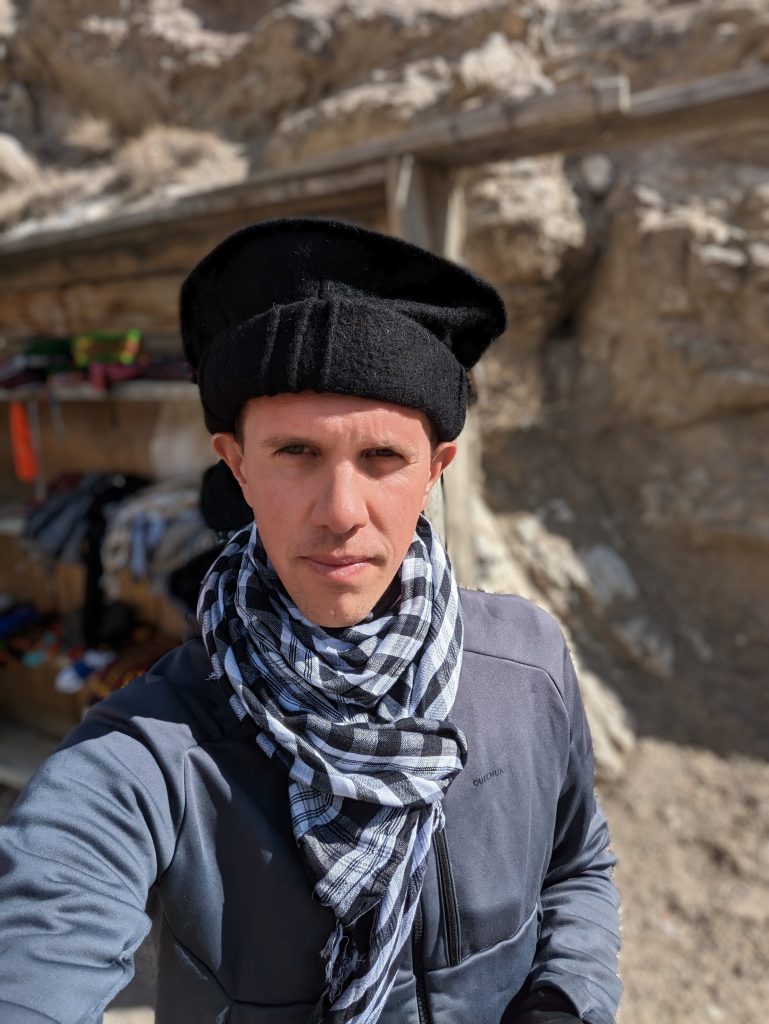
All this cost us $1,800 (USD) in low season for three people, about $600 per driver with vehicle without accommodation or food, we paid everything separately.
Days 17 to 19: Samarkand (UZB)
How to get to Samarkand from Dushanbe, you can take a shared-taxi to Panjakent city and then another car to Pogranichnyy Punkt to cross to Uzbekistan, from there it is only 30 minutes to the center.
Samarkand is simply wonderful, it was one of the great cities through which the ancient Silk Road passed, a place of worship, knowledge and culture. Where west and east met. This made it one of the most prosperous cities in the region.
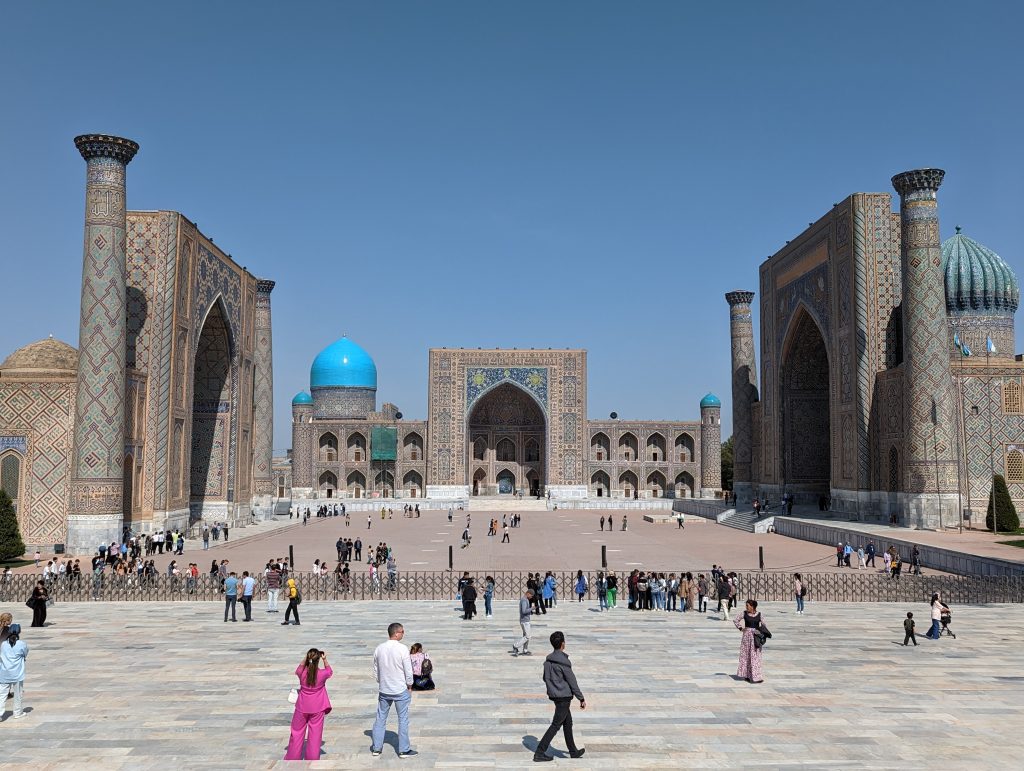
It has dozens of temples and complexes throughout the city perfectly restored and renovated. It is worth highlighting the Registan that you should visit during the day but also at night, at least from the outside, the Bibi-Khanym Mosque and Shah-I-Zinda among many others.
Days 20 to 21: Bukhara (UZB)
You can go from Samarkand to Bukhara by high-speed train that takes just 2 and a half hours and costs less than €10. Fun fact the trains are Spanish. Be careful because the Bukhara train station is in Khogon, not in Bukhara.
It is also a museum city, wherever you go, wherever you look, a temple with bluetiles will be waiting for you. You will constantly be blown away by its architecture and charm.
Days 22 to 24: Khiva (UZB)
After an overnight train from Khiva is already quite far from the rest of the country, we arrived at the popular walled city of Khiva. Khiva has a special interest since the majority of the city is within its walls and its completely renovated temples are also in magnificent condition.
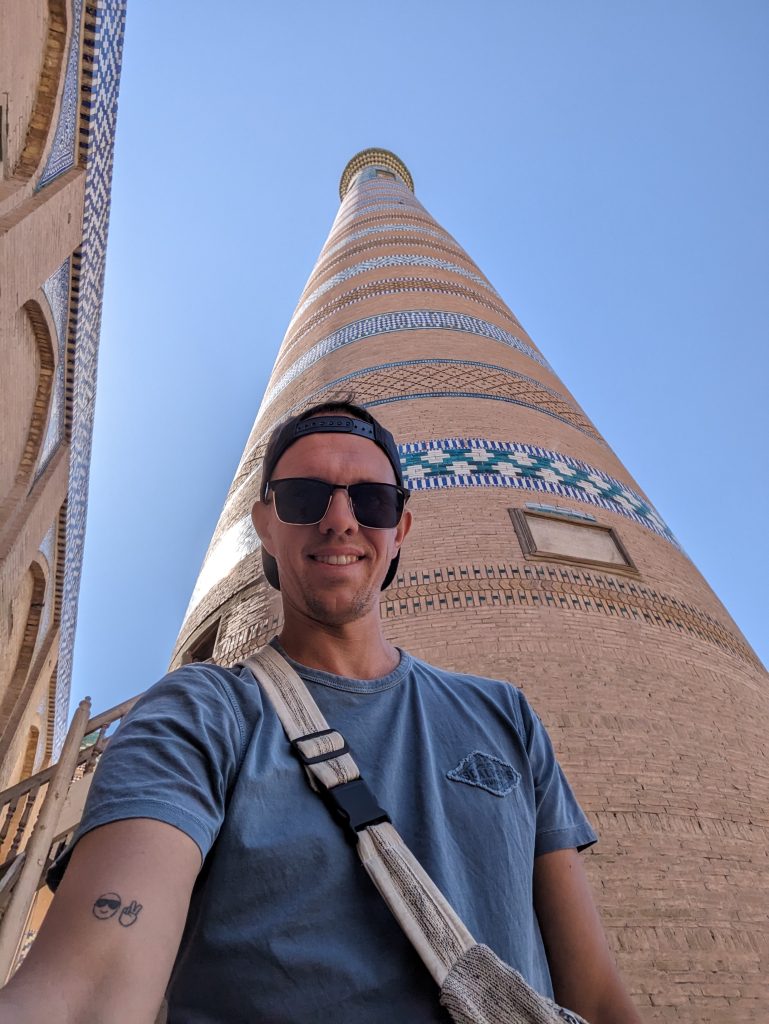
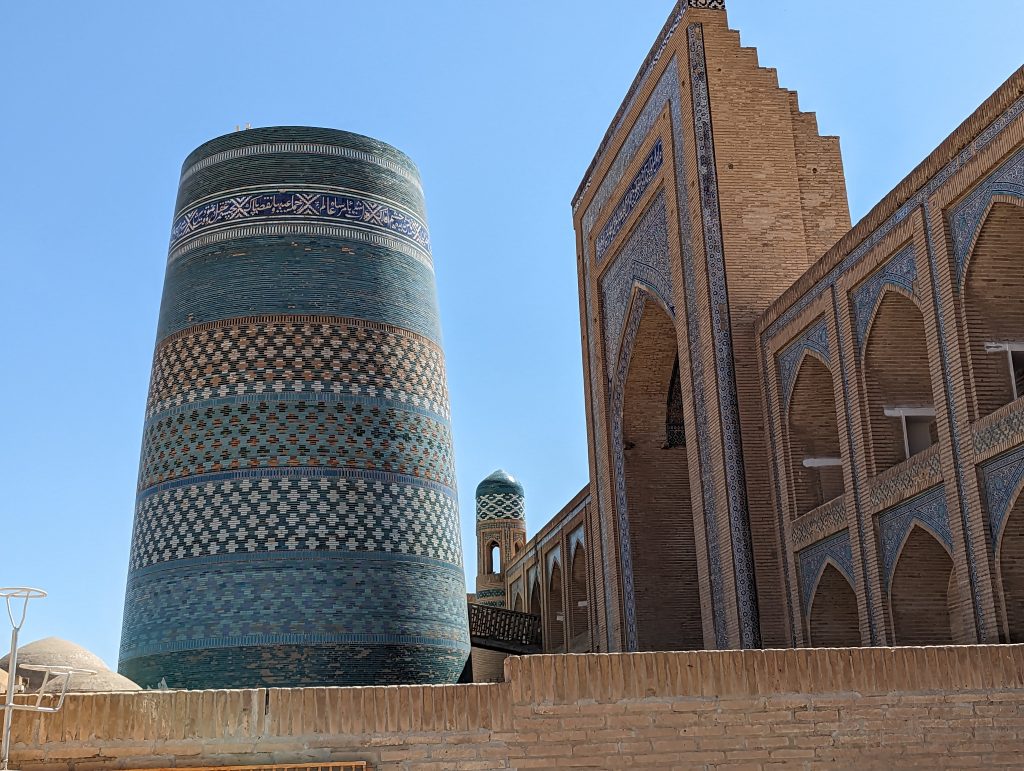
The good part is that very close to the city there is a lot to do, we got a driver and went to see Ayoz Qalʼa, an ancient fortress in the middle of the desert
Days 25 to 27: Nukus and Aral Sea (UZB)
Don’t ask me why I was in Nukus for three days because I won’t be able to answer you… In Nukus there is nothing to do, NOTHING, we were eating a lot and drinking a lot of vodka but that’s all. The biggest attraction is that it is relatively close to the Aral Sea.
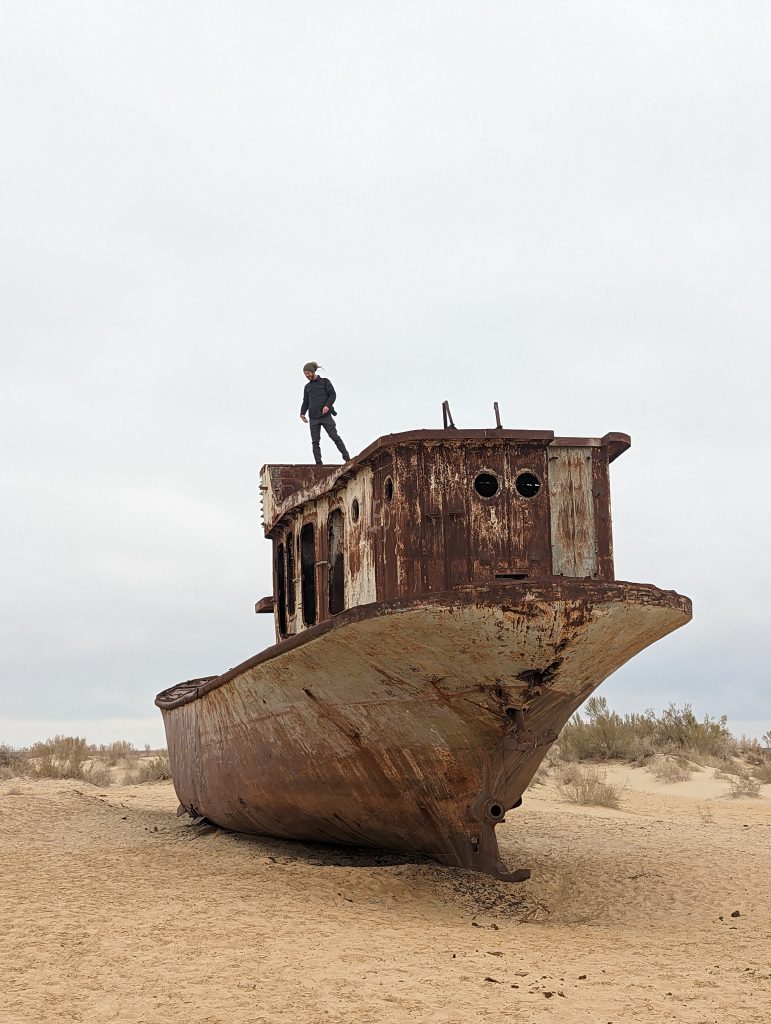
The Aral Sea is an ancient sea between Kazakhstan and Uzbekistan that dried up in less than 30 years due to the gold rush to produce cotton between both countries. Currently it is a ghost town with rusty boats in the middle of the desert that were formerly dedicated to fishing. I think my friend and I paid the driver $30 to go back and forth and wait for us there for a while to take us back to Nukus. Nukus has two daily flights to Tashkent.
Days 28 to 31: Tashkent (UZB)
Tashkent is the capital of Uzbekistan. Surprisingly, you won’t be able to guess which is the city’s biggest attraction… Its metro, yes, you heard correctly, Tashkent’s metro stops are among the most beautiful in the world and it is worth spending a whole day getting on and off the train at each one. stop to find your favorite. These are mine:
- Kosmonavtlar: In tribute to the USSR space race with the face of Yuri Gagarin.
- Mustaqilliq Maidoni: With its chandeliers and marble columns, like a palace.
- Alisher Navoi: In tribute to the father of literature in Uzbekistan.
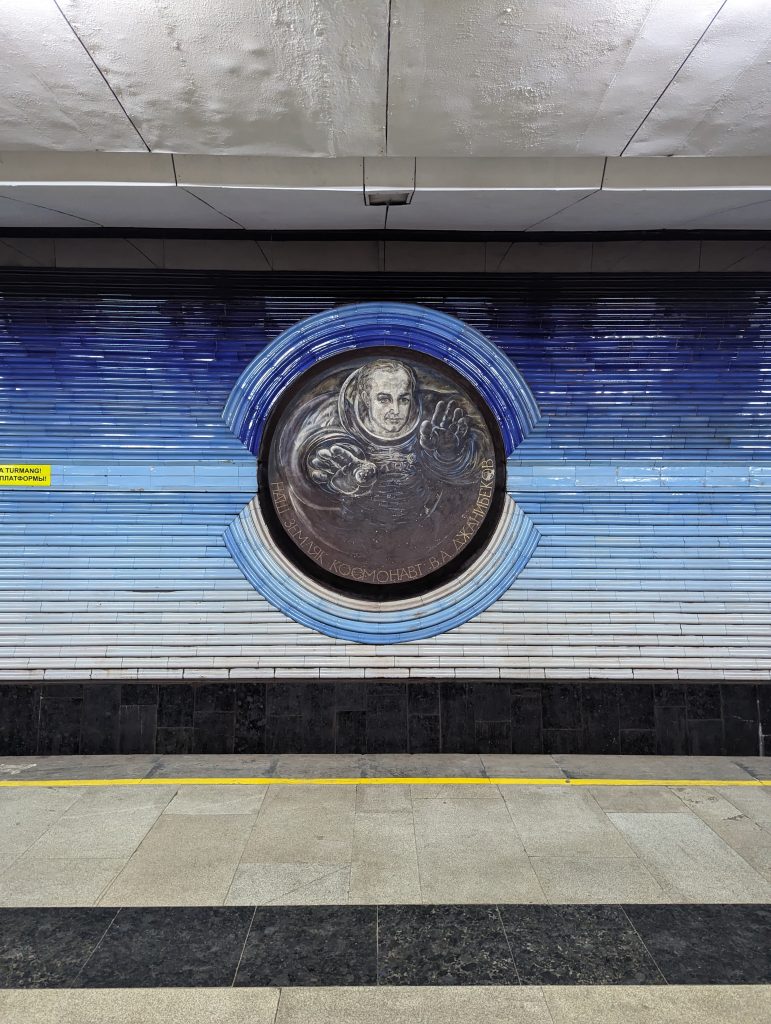
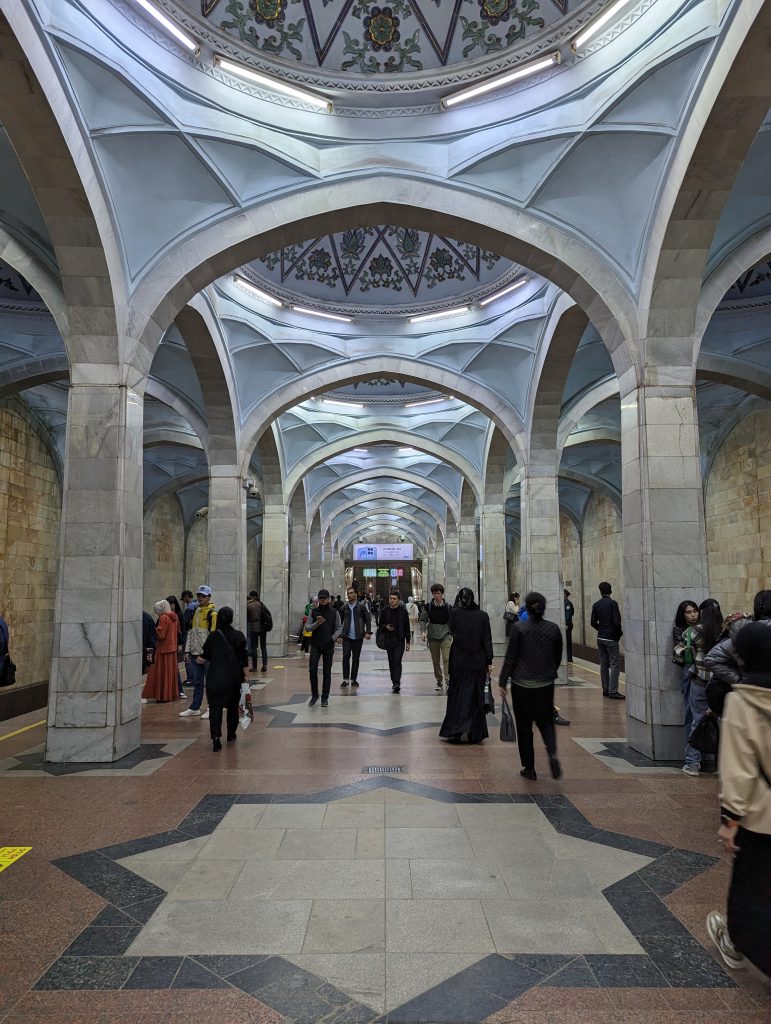
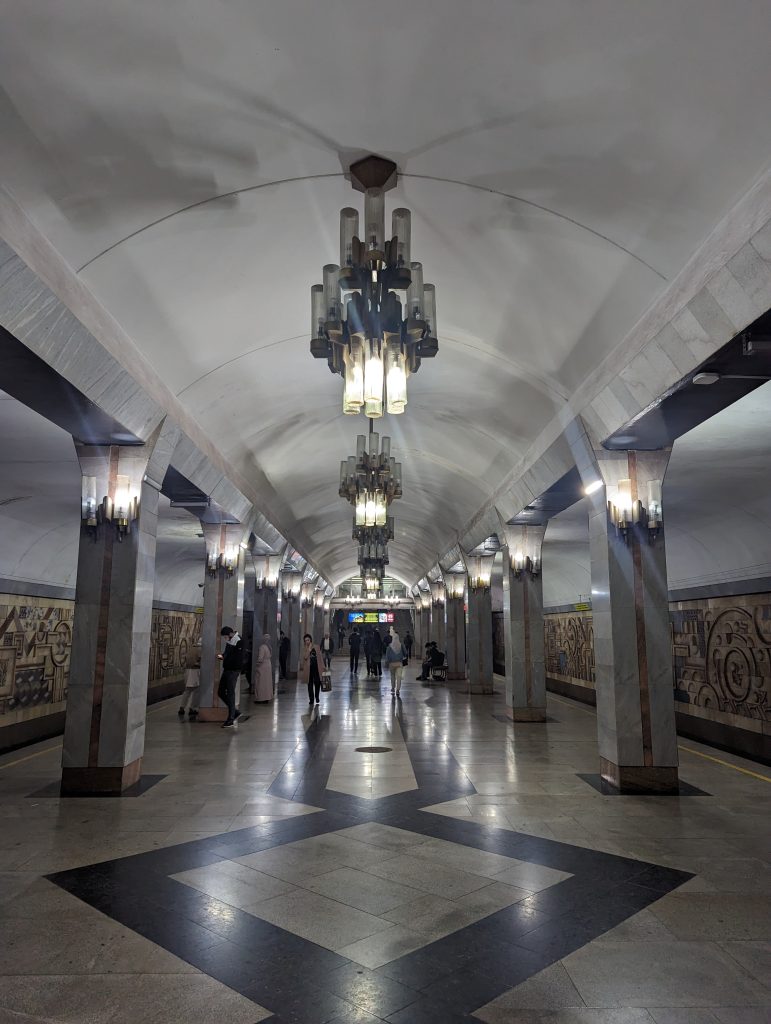
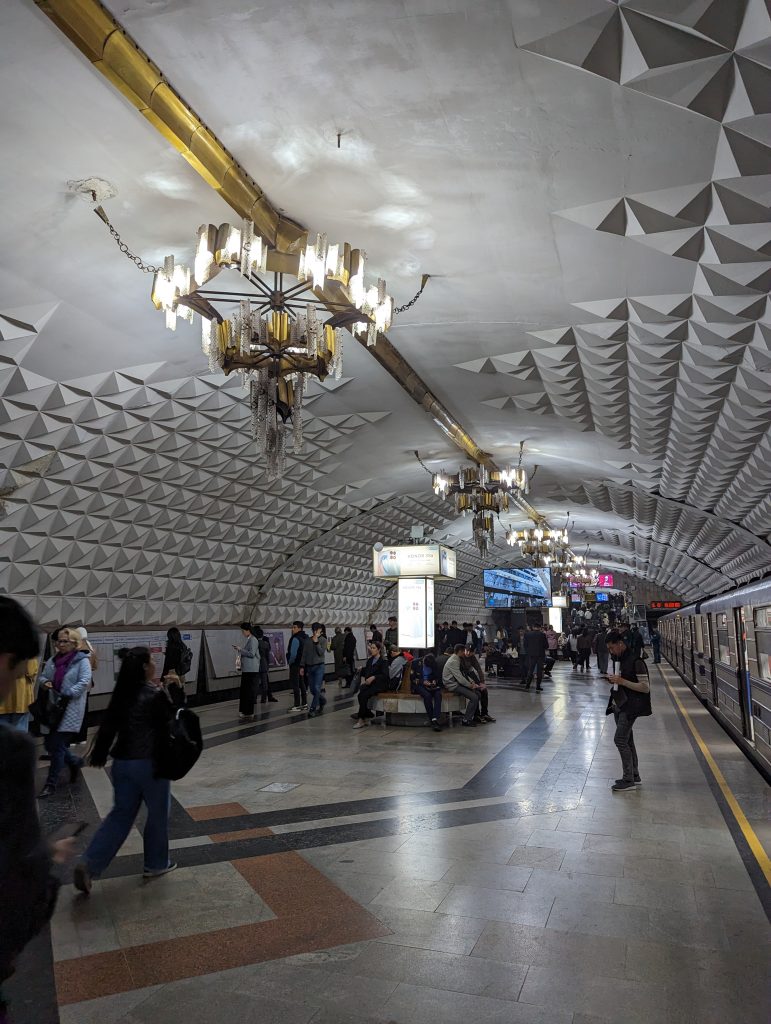

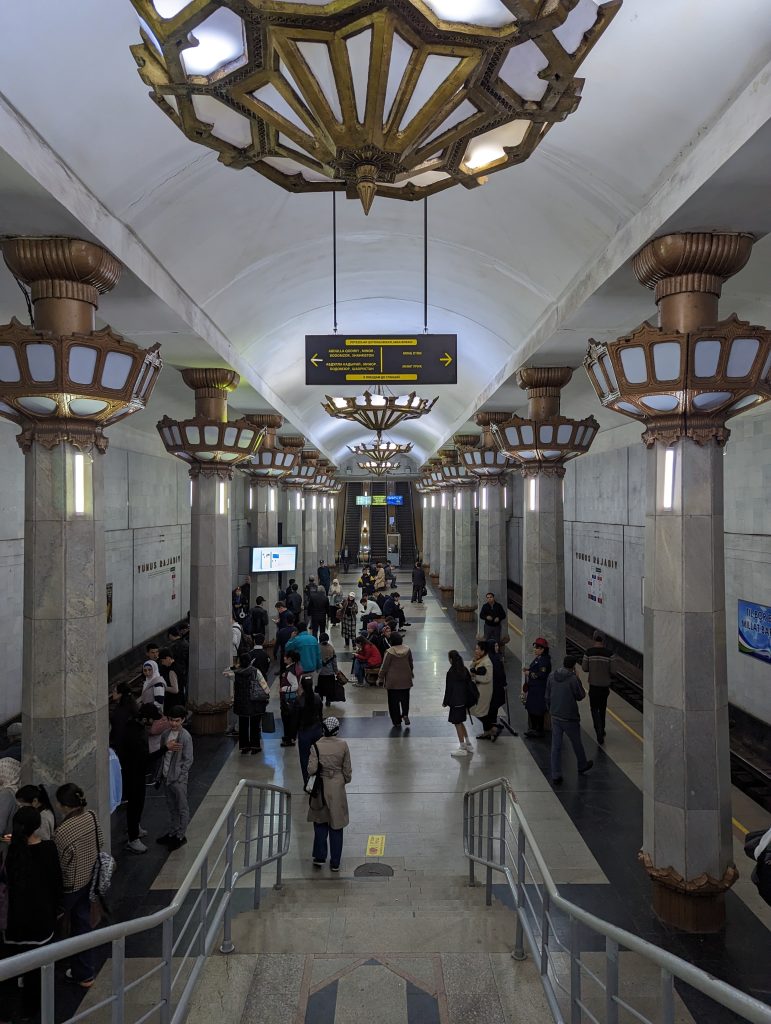
If you have time, visit the Orthodox Cathedral of the Assumption of the Virgin.
Daily backpacking budget for Central Asia
It is very difficult to give a more or less correct number since each country is a world and you will require a certain type of transportation or the time you have available, especially to travel through the Pamirs and Kyrgyzstan.
Accommodation: Kyrgyzstan is undoubtedly the cheapest of the places I stayed, while Uzbekistan has a little more infrastructure. Hostels were around €5-9 depending on the city.
Food: You will eat like a restaurant king since there is not much street food but for only €3 a meal. They are usually rice dishes with meat, but with a lot of flavor. Xix Kebab is on the agenda.
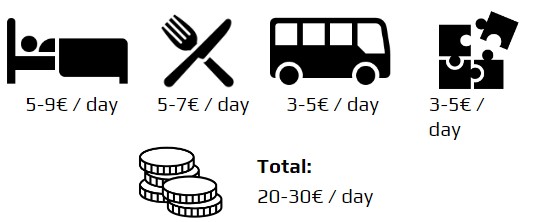
Transport: Bus trips around the city usually cost around 30-40 cents while you can take the high-speed train in Uzbekistan and cross half the country for only €9-10 on a sleeper train. See costs of renting a guide with a car in the Pamirs here
Leisure: Very variable and relative but in beers, tickets and entrances depending on the country since in Uzbekistan there are many more attractions.
Where to stay in Central Asia
Due to the conflict with Ukraine there are many Russians residing in neighboring countries and many of these hostels have many people residing in them for long periods of time:
- Koisha Hostel // Bishkek: Very clean hostel with a very large common area and garden. Perfect to isolate you from everything, very central and next to the bazaar.
- Lovely Home for you // Osh: Family house that has three bedrooms, very homely and familiar treatment. Very clean and with hot water and wifi.
- Sharq 21 // Khujand: Very central hostel next to the Grand Bazaar of Khujand and the main tourist attractions of the city. Shared rooms with 4 or 5 beds
- Hotel Roma // Kalaikhum: Guesthouse on the way to the Pamirs, a mandatory stop to rest from the trip, with beautiful views of the river and Afghanistan and with a great outdoor area to relax.
- Tat Mirzo // Khorog: The best guesthouse we stayed in without a doubt and where we will repeat. Mirzo and his family welcomed us wonderfully, with plenty of food and great treatment. The house was a little cold but we had hot water.
- Homestay Misso // Bulunkul: An unforgettable experience sleeping at 3,700m, the yaks grazed freely, and we had half a meter of snow in all directions. At night the temperatures reached -35º but inside the house we had the heating at full blast.
- Ishkashim Homestay // Ishkashim: Perhaps the fairest accommodation of all, there was no running water, the food was very poor and having a 7.2 magnitude earthquake didn’t help. Although the house stood.
- Homestay Roshan // Roshan: We stayed at the house of some of the guide’s friends, they had a great outdoor area in Roshan to be outdoors, surrounded by mountains and they fed us wonderfully.
- Old Radio Hostel // Samarkand: Back to the hostels, the only real hostel in Samarkand with a good backpacker vibe and ideal for meeting other travelers.
- Rumi Hostel // Bukhara: Style similar to Old Radio but with less vibe, although all the facilities were great.
- Carrousel Hotel // Khiva: Hotel with shared rooms next to the walled city. The owner invited us to dinner and vodka and we had a great few days. Good place to meet other travelers.
- Green House // Nukus: I still don’t understand how I ended up in Nukus for 3 days, where there is nothing to do, it wasn’t a hostel it was more of a homestay and we spent half an hour to find it.
- Topchan Tashkent // Tashkent: Super rude staff but it’s the only hostel per se in the city, so you don’t have much to choose from. Many travelers but also quite a few long stays.
What to do if you have more time in Central Asia
Without a doubt and if you have a little more budget you cannot miss visiting Turkmenistan, one of the most peculiar closed countries in the world and that you can visit perfectly in 5-7 days.


